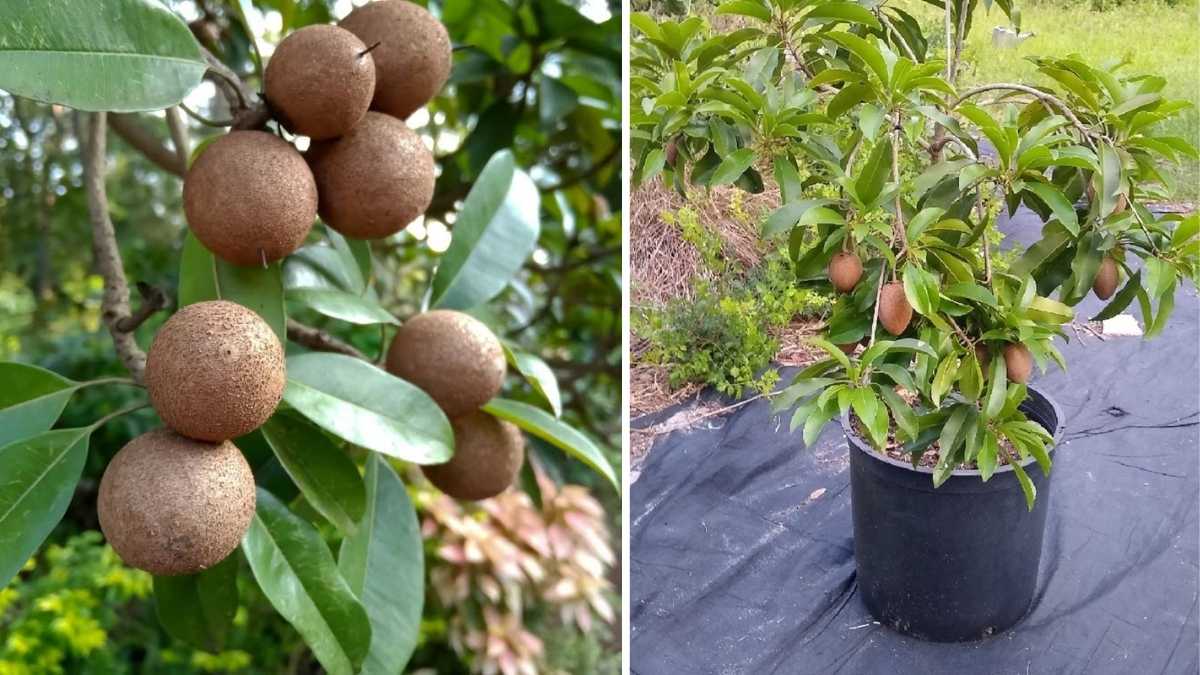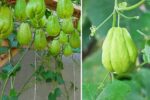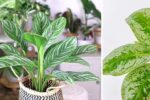Growing sweet chikoo (also known as sapodilla or sapota) in pots or containers is a rewarding experience for both beginner and experienced gardeners. This tropical fruit, with its sweet and rich flavor, can thrive in containers if given the right care. Whether you have a small balcony or a spacious garden, you can enjoy fresh chikoo fruits by following some simple steps. Here’s how you can grow chikoo fruit in pots or containers from scratch.
Why Grow Sweet Chikoo Fruits in Pots?
Sweet chikoo is a tropical tree known for its delicious, brown, and grainy fruits. While it’s traditionally grown in the ground, you can easily grow chikoo in pots if you don’t have the space for a full-sized tree. Growing it in a container has multiple benefits:
- Space-saving: Perfect for small gardens, balconies, or patios.
- Portable: You can move the pot around to catch the best sunlight.
- Control: You can control the soil quality and water drainage more easily.
By growing chikoo in pots, you get the flexibility to enjoy homegrown fruit without needing a sprawling garden.
Choosing the Right Pot for Your Chikoo Tree
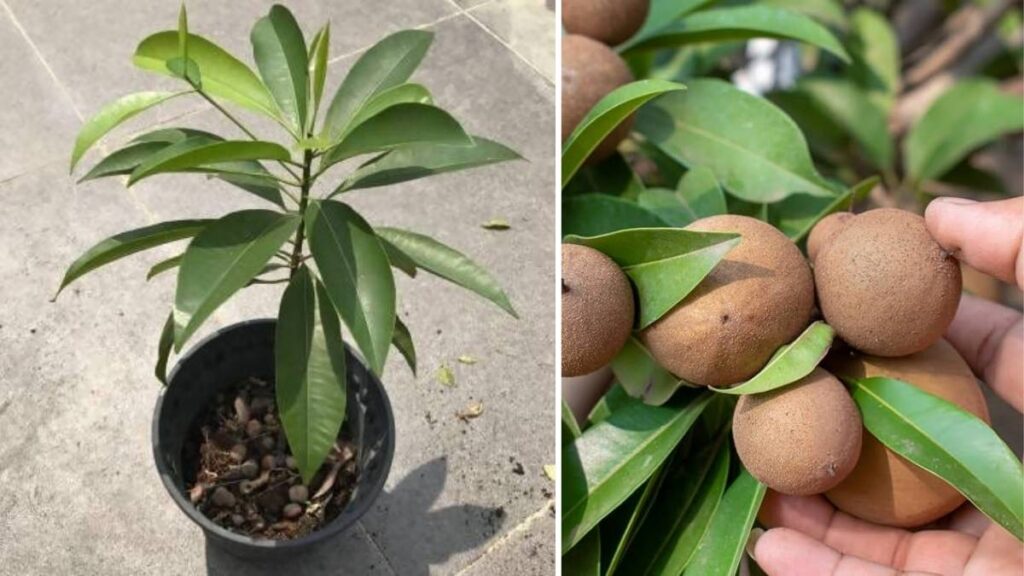
When growing chikoo in containers, the first step is selecting the right pot. It’s essential to get a large, sturdy pot that can accommodate the tree’s growth. Here’s what to consider:
- Size: Start with a pot that’s at least 12-18 inches deep and wide, but be prepared to upgrade as the tree matures. A pot with a diameter of 24-30 inches is ideal for a full-grown tree.
- Material: Choose pots made from sturdy materials like terracotta, plastic, or ceramic. These materials provide good insulation and allow for proper air circulation in the soil.
- Drainage: Ensure the pot has plenty of drainage holes. Chikoo trees dislike waterlogged roots, so proper drainage is crucial for healthy growth.
A well-draining, large pot gives your chikoo tree the space it needs to grow deep roots and thrive.
Selecting the Best Soil for Growing Chikoo in Containers
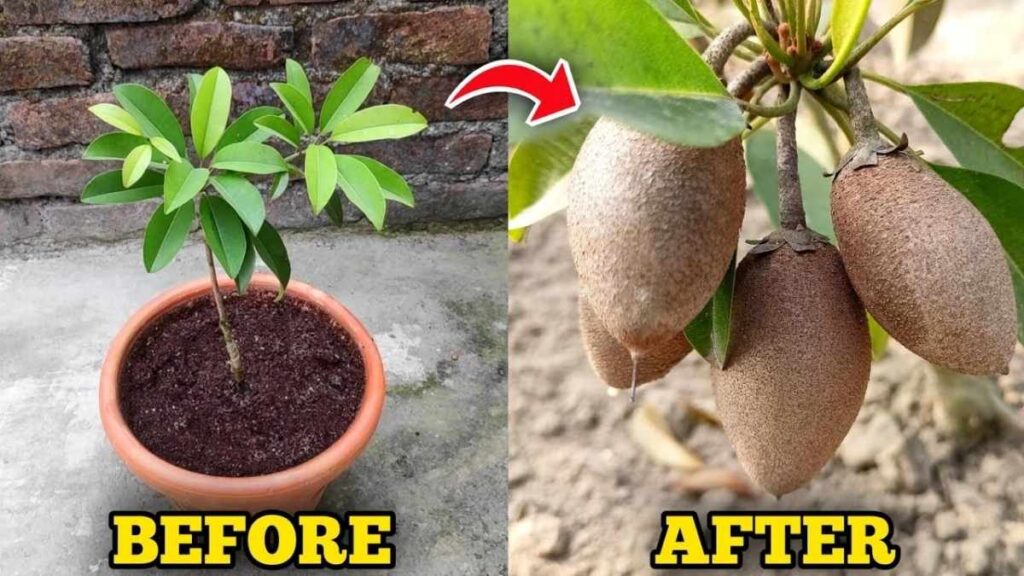
Chikoo trees prefer well-draining soil, so choosing the right soil mix is essential for healthy growth. A good mix would be equal parts of garden soil, compost, and sand. This combination ensures the soil remains airy, well-drained, and nutrient-rich. You can also use a commercial potting mix designed for fruit trees, but ensure it’s well-draining.
To further improve drainage, you can add a layer of small stones or pebbles at the bottom of the container before adding the soil. This will help water flow freely and prevent root rot.
Choosing a Healthy Chikoo Plant
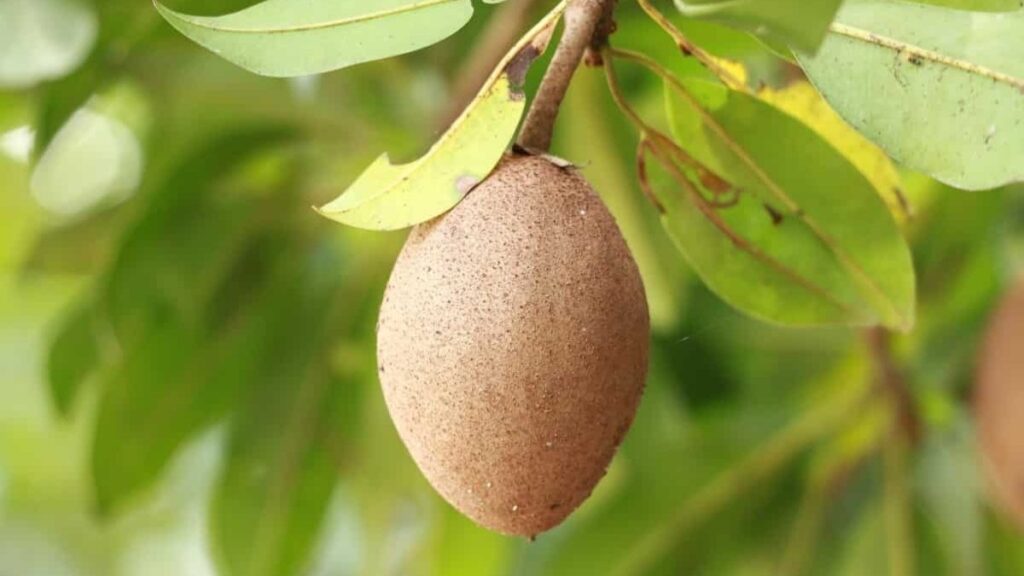
When growing chikoo in containers, you can either start from seeds or purchase a young sapling from a nursery. While starting from seed can be a fun project, it can take several years for the tree to bear fruit. If you want quicker results, opt for a grafted chikoo tree that will bear fruit in 3-4 years instead of 6-8 years when grown from seed.
Look for a healthy, disease-free sapling with strong roots. A grafted plant will generally have a more robust growth and fruit production compared to a seed-grown plant.
Planting Your Chikoo Tree in the Pot
Once you’ve selected the right pot and soil mix, it’s time to plant your chikoo tree. Here’s a simple guide:
- Prepare the Pot: Fill the bottom of the pot with a layer of gravel or small stones to aid drainage.
- Plant the Seedling: Place the chikoo seedling in the center of the pot, making sure it’s at the same depth it was in its nursery pot.
- Fill with Soil: Gently fill around the roots with the prepared soil mixture, firming it down lightly. Leave about 1 inch of space from the top of the pot for easy watering.
- Water: Give the tree a thorough watering to settle the soil around the roots.
Now your chikoo tree is ready to grow! Make sure to keep an eye on it as it establishes itself in its new container.
Watering and Fertilizing Your Chikoo Tree
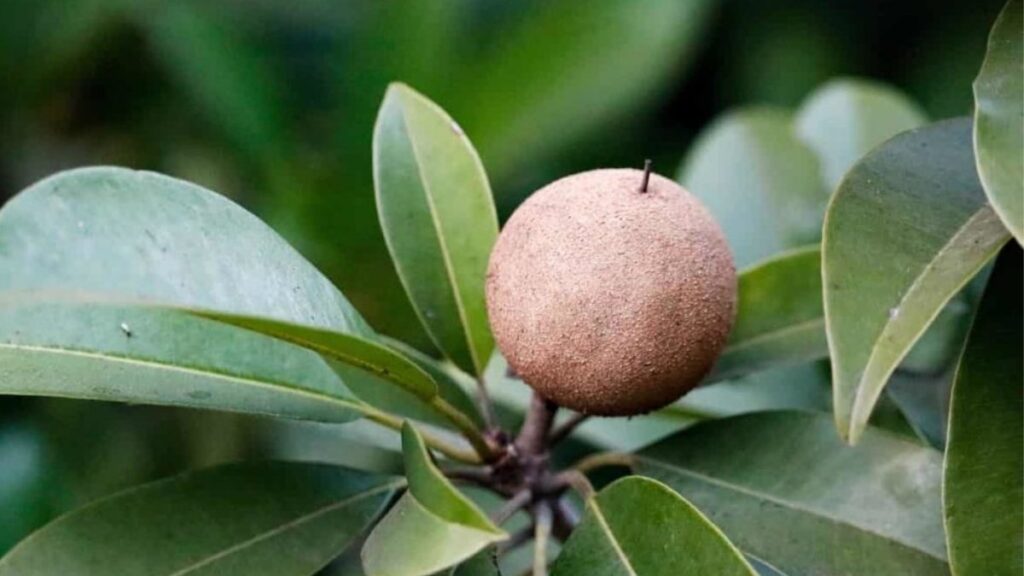
Proper watering and fertilizing are crucial to growing chikoo in pots. Here’s how to do it right:
- Watering: Water your chikoo tree deeply, but allow the top 2 inches of soil to dry out between waterings. Avoid overwatering, as it can lead to root rot.
- Fertilizing: During the growing season (spring to early summer), fertilize your chikoo tree every 4-6 weeks with a balanced, water-soluble fertilizer. Use a fertilizer with a ratio like 10-10-10 (Nitrogen-Phosphorus-Potassium).
In winter, reduce watering and stop fertilizing, as the tree enters a dormant phase. This rest period is important for fruit production.
Pruning and Maintenance
Regular pruning helps maintain the shape and size of the tree, especially when growing chikoo in a container. Prune any dead or damaged branches to allow for better air circulation and to encourage new growth. It’s also a good idea to pinch back any lateral shoots to help the tree grow upward rather than outward, ensuring it fits well in its container.
You can prune the plant in early spring before new growth begins. Be sure not to prune too aggressively, as chikoo trees are slow growers, and excessive pruning may delay fruiting.
Harvesting Sweet Chikoo Fruits
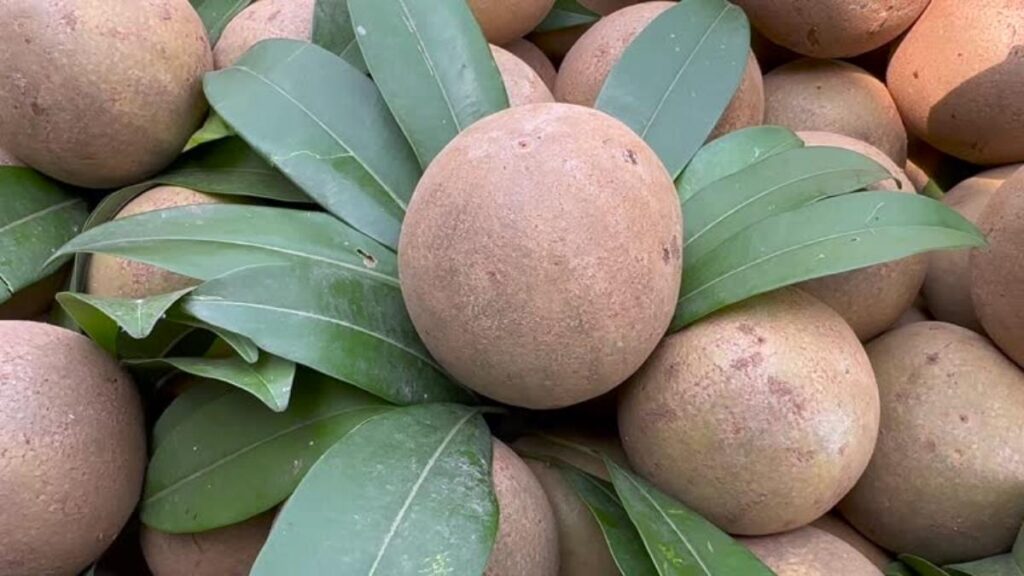
The time it takes for a chikoo fruit to ripen depends on the weather and the care you’ve provided the tree. Typically, fruits will take 4-6 months from flowering to ripen. You’ll know the fruit is ready to be harvested when it turns a brownish color and gives off a sweet fragrance. The skin should feel slightly soft to the touch.
To harvest, gently twist the fruit off the branch, ensuring you don’t damage the tree. Once picked, allow the fruits to ripen at room temperature for a few days before eating. The flesh of a ripe chikoo should be soft, brown, and sweet.
Common Issues and Solutions
While growing chikoo in pots is relatively easy, here are some common issues you might face:
- Yellowing Leaves: This could be a sign of nutrient deficiency. Try adding a balanced fertilizer and check the pH of your soil.
- Root Rot: If the soil is too wet and drainage is poor, root rot can occur. Ensure proper drainage and water less frequently.
- Pests: Watch out for aphids, spider mites, and mealybugs. Treat infestations with organic insecticidal soap or neem oil.
By staying vigilant and addressing these issues early, your chikoo tree will remain healthy and productive.
Conclusion
Growing chikoo fruits in pots or containers can be a satisfying project, especially if you enjoy tropical fruits. With the right container, soil, sunlight, and care, you can successfully grow a chikoo tree and harvest fresh, sweet fruits right from your balcony or patio. Though it requires patience, the result is well worth the effort, offering not only delicious fruits but also a beautiful addition to your garden. By following these steps, you’ll be well on your way to enjoying homegrown sweet chikoo fruits in no time!

